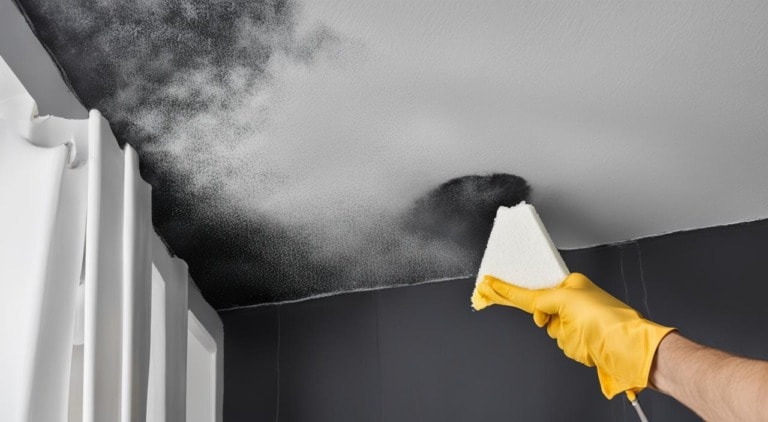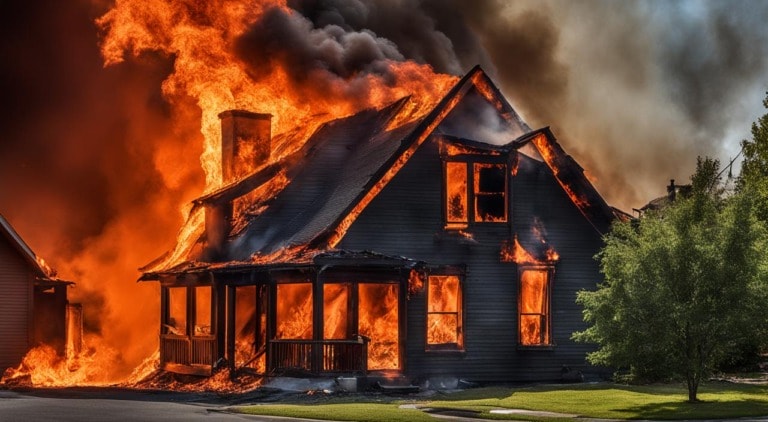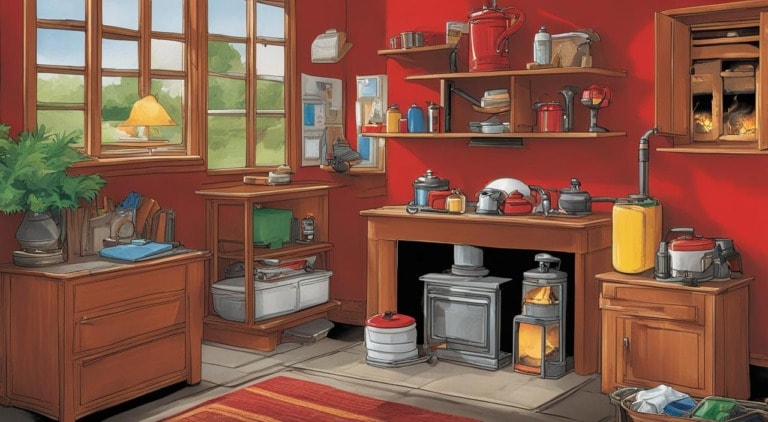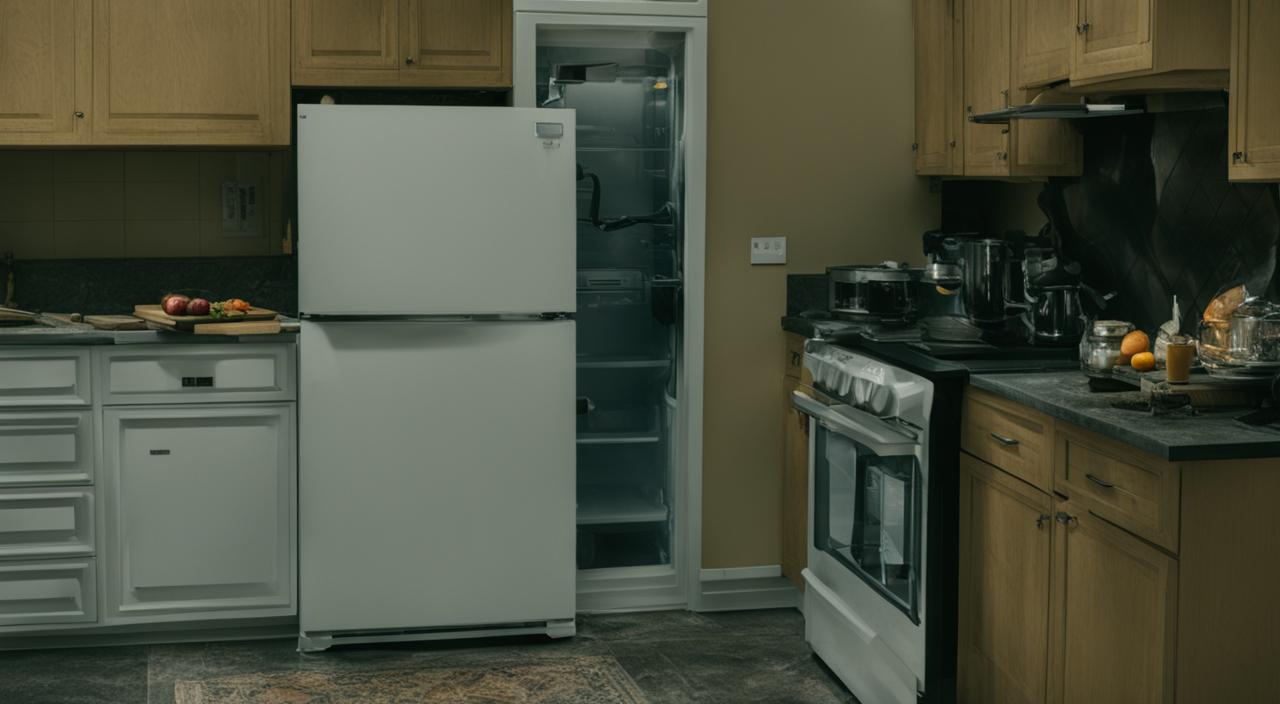
White goods play a crucial role in our daily lives, making household chores easier and more efficient. However, it’s important to be aware of the potential hazards they can pose. Certain white goods, such as electrical appliances, have a fire risk that can be prevented with proper safety measures.
In this article, we will explore the fire risks associated with white goods and provide valuable insights on how to prevent fires.
White goods, including appliances like tumble dryers, washing machines, fridges, and freezers, have been identified as potential fire hazards. According to a survey by Which, washing machines have the highest risk of causing a fire at 14%, followed closely by tumble dryers at 12%.
Other household appliances like dishwashers, cookers, toasters, microwaves, and televisions also have varying levels of fire risks.
To prevent fires and ensure the safety of your home, it is essential to follow safety guidelines. This includes regular maintenance, avoiding overloading electrical sockets, cleaning filters regularly, and ensuring plastic components are in good condition. Staying updated on product recalls and registering new appliances are also recommended measures for fire prevention.
Washing Machines and Tumble Dryers (The Biggest Fire Risks)
When it comes to potential fire risks in our homes, washing machines and tumble dryers top the list. These appliances have a higher fire risk due to their direct contact with cotton fabrics and the generation of heat. Knowing how to prevent fires and ensuring proper installation and regular maintenance is crucial for the safety of your household.
Proper Installation and Maintenance
To minimize the risk of fire, it is important to ensure that your washing machine is properly seated on level ground and that it is installed according to the manufacturer’s instructions. Avoid overloading the machine, as this can lead to overheating and potential ignition.
Regularly inspect your machine for any signs of wear or damage, especially on plastic components. If any issues are detected, it is recommended to have a professional technician assess and repair the appliance.
Regular Cleaning
Regularly cleaning your washing machine is essential to prevent a build-up of lint, dust, and other flammable materials. Pay close attention to the lint trap and clean it after every use. Additionally, ensure that the vents and exhaust ducts are clear of debris to allow for proper air circulation and prevent overheating.
It is also important to clean the drum and door seals to remove any residue that could potentially ignite.
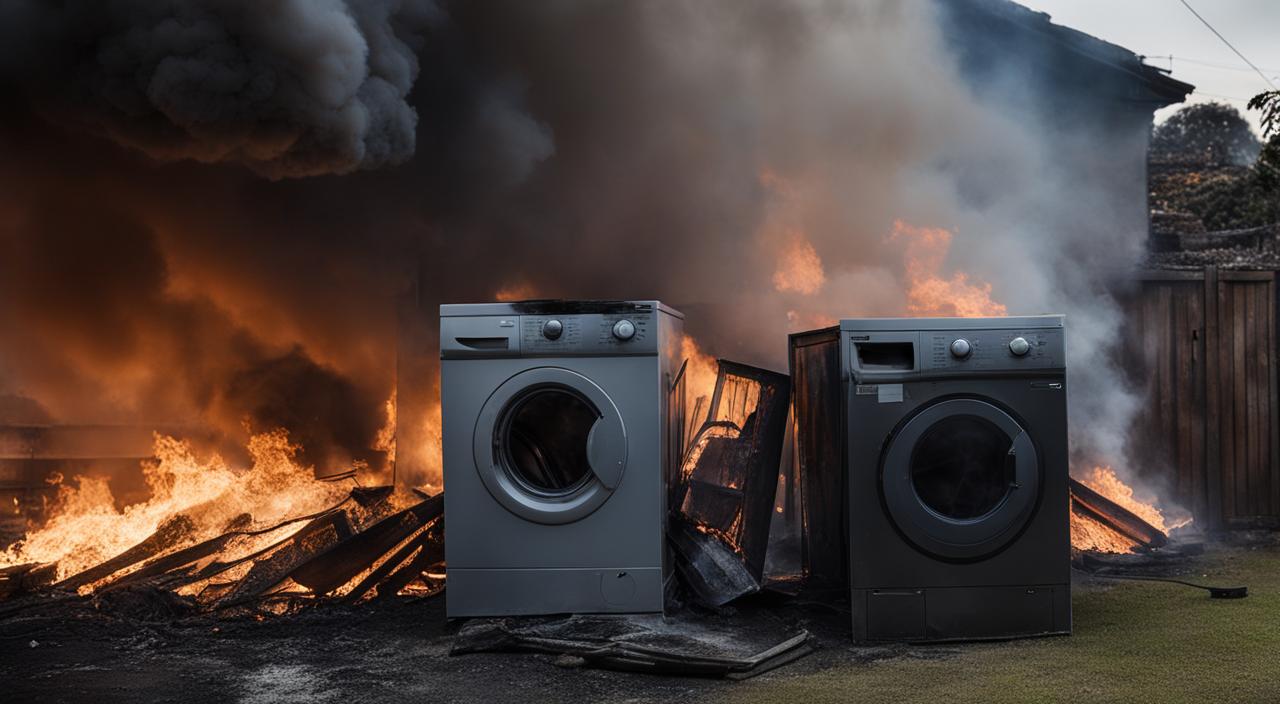
Preventing Overheating
Overheating is a common cause of fires in washing machines and tumble dryers. To avoid this, never leave your washing machine or dryer running unattended. Additionally, be mindful of the fabrics you are washing or drying, as cotton fabrics are more prone to heat generation. It is also recommended to follow the recommended load capacity for your machine, as overloading can lead to excessive heat build-up.
By following these preventive measures and practicing regular maintenance, you can significantly reduce the risk of fire associated with washing machines and tumble dryers. Stay vigilant and prioritize the safety of your home and loved ones.
Other Household Appliances and Fire Risks
Aside from washing machines and tumble dryers, several other household appliances carry fire risks. It’s crucial to be aware of these risks and take preventive measures to ensure the safety of your home.
Dishwashers
Dishwashers have an 11% risk of causing fires, mainly due to leaks and moisture-related issues. To prevent such incidents, regular inspections are necessary. Pay attention to any signs of leaks, and ensure that the dishwasher is properly connected and sealed. Additionally, clean the filters and check for any blockages that might impede proper water drainage.
Cookers
Cookers come with a 9% fire risk, making regular inspections and maintenance critical. Ensure that safety features are properly installed and functioning. Clean the burners and the oven regularly to prevent the accumulation of grease and food particles, which can lead to potential fires.
Fridges and Freezers
Although relatively rare, fridge and freezer fires carry a 7% risk. To minimize this risk, inspect the outlets and power cords periodically. Additionally, clean the back of the appliance to remove any accumulated dirt or dust, which can be potential fire hazards.
Toasters, Microwaves, Televisions, Washer-Dryers, and Irons
Other appliances such as toasters and microwaves have a 4% fire risk. It is important to clean these appliances regularly, inspect the power cables and plug sockets for any signs of damage, and avoid putting metal in the microwave.
Televisions have a 3% risk, so ensure proper air circulation and unobstructed vents to prevent overheating. Washer-dryers have a 2% risk, and following the same preventive measures as washing machines and dryers is recommended.
Lastly, while irons carry a minimal 1% risk, it is still important to pay attention to temperature settings, unplug the iron when not in use, and inspect the power cord for any signs of wear and tear.



